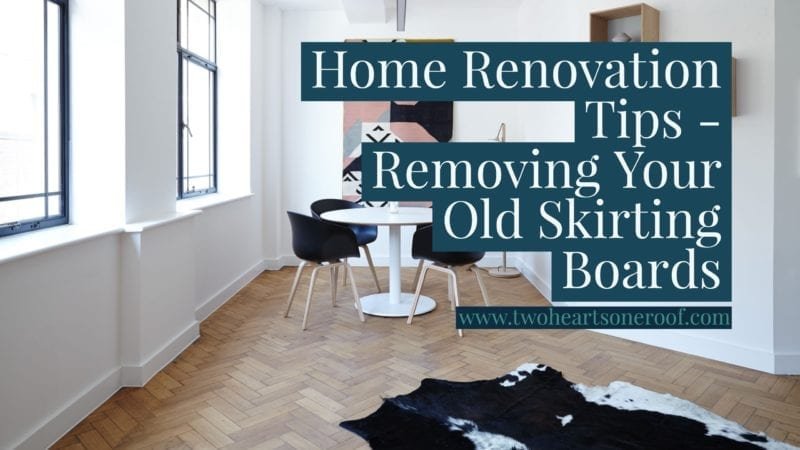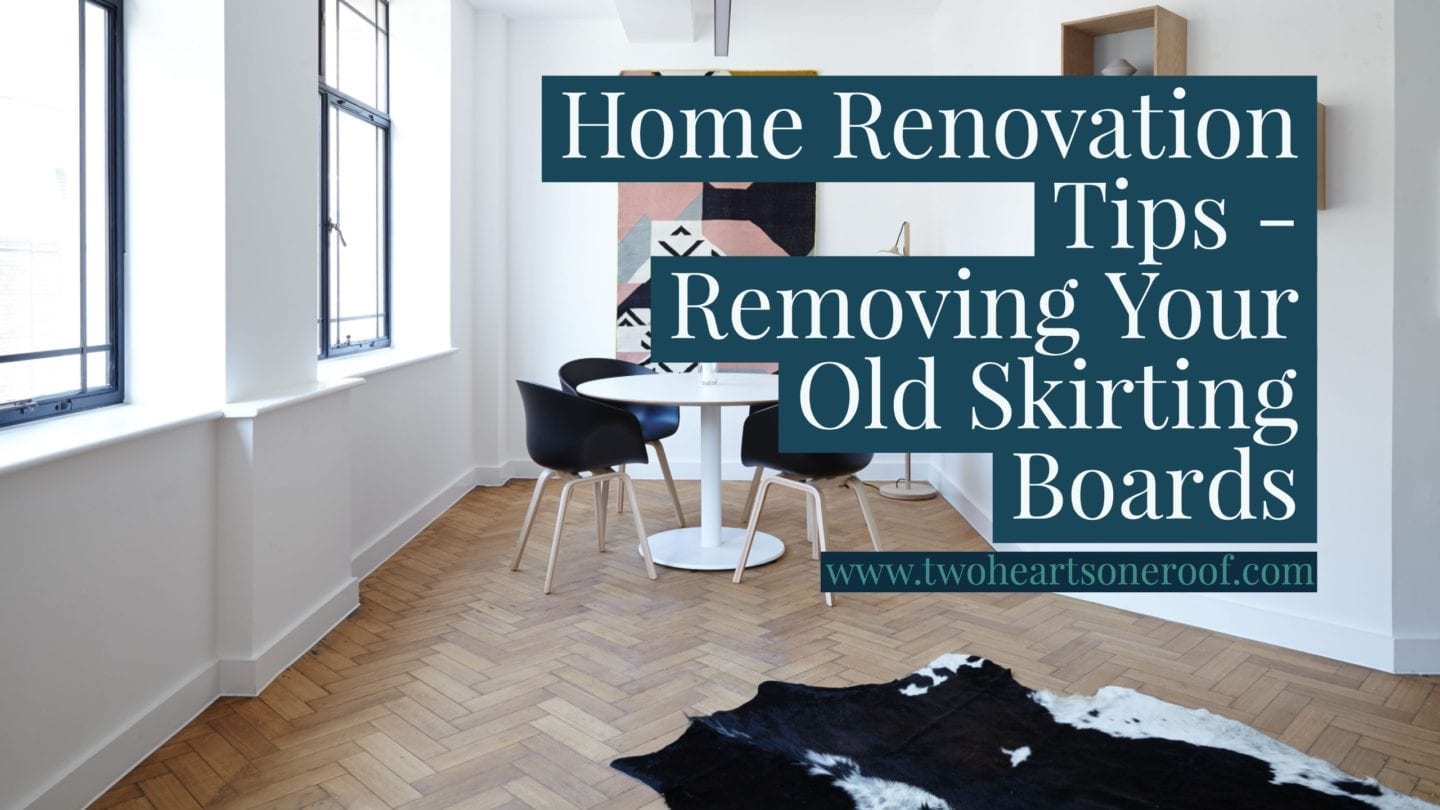 Renovating a home can be a timely and expensive job, but having a home that you love and is designed how you like it makes it all worth it in the long run. We were incredibly lucky to have found a house we love the design of. The previous owner had similar tastes and aesthetics to us so our home didn’t need a huge amount of renovation to get it just how we liked it.
Renovating a home can be a timely and expensive job, but having a home that you love and is designed how you like it makes it all worth it in the long run. We were incredibly lucky to have found a house we love the design of. The previous owner had similar tastes and aesthetics to us so our home didn’t need a huge amount of renovation to get it just how we liked it.
One of the things we noticed is that the previous owner had removed all the skirting boards in place of simple wooden beading to join the floors and walls and this is something we ourselves would have done. So we were lucky not to have to remove all the skirting boards ourselves, although we have had to remove a few of panels of the beading where we have altered flooring, like in our hall way where we recently added the new slate tiles but it was a relatively simple task to pop them off and pop them back on after the work had been done.
Skirting boards are in almost all of our homes, but they get precious little attention apart from maybe another coat of paint every decade or so and the occasional dusting.
Some of us like to buck the trend, though, and remove or replace our skirting boards when the paint-to-wood ratio becomes unwieldy, or when they’ve been scuffed a few too many times. You might just want to take the boards away temporarily, to get them chemically stripped; or you might want to replace them altogether with new, modern ones from skirtingsrus.co.uk.
It’s not rocket science
It’s quite easy to remove a skirting board, you just need a few basic tools and a small amount of preparation, so here’s how you do it.
Most skirting boards can be gently levered away from the wall without causing too much damage to the wall behind them. However, you may be unlucky and find it’s been nailed or screwed onto the wall. If this is the case, you’ll need to be extra careful so you don’t damage the fixings. Of course, if you’re replacing it completely, then this doesn’t matter so much.
The preparation
If there’s plaster or paint on the top of the board, then you need to use a wallpaper scraper or an art knife to cut through this layer so that it doesn’t take any with it when you lever it off.
Then, it’s best to start levering the board away at an outside corner or at the junction between board and doorframe.
What tools do I need?
You’ll need a club hammer, a crowbar and a thin slice of wood (this wood goes behind the blade of the crowbar to protect the wall). Insert the thin end of the crowbar in between the wood and the board and gently start to lever the skirting away from the wall. If there are any stubborn bits, tap the crowbar with the hammer, but be careful. Take your time and don’t be tempted to suddenly haul the whole thing away.
When it comes to shaping or modifying skirting boards for your renovation project, consider using a belt grinder or sander to achieve a smooth and well-finished result.
Nails and screws
If your boards have been fixed on with nails or screws, you might find that the heads have been covered over with filler. You can dig this out and maybe unscrew the board, or you may have to take a saw to the body of the screw.
Nails are a bit easier, as they should come cleanly out of the wall, but this could cause them to dig into the wood of the board and damage it, so take your time.
What lies behind
It’s unusual for plaster to be applied right down to the floor, so you’ll probably find a bare line behind the board. If this is the case, unless you fancy plastering, refit your old board or one of the same height.
If you’re refitting the same board, mark the fixing positions on the front face and try to use the old fixing points. Or, to make life easier, you could use a powerful adhesive or sealant to hold it in place, it’s up to you.
Remember, take your time and go gently.
If you love this post, don’t forget to PIN IT!
*This is a collaborative post*
